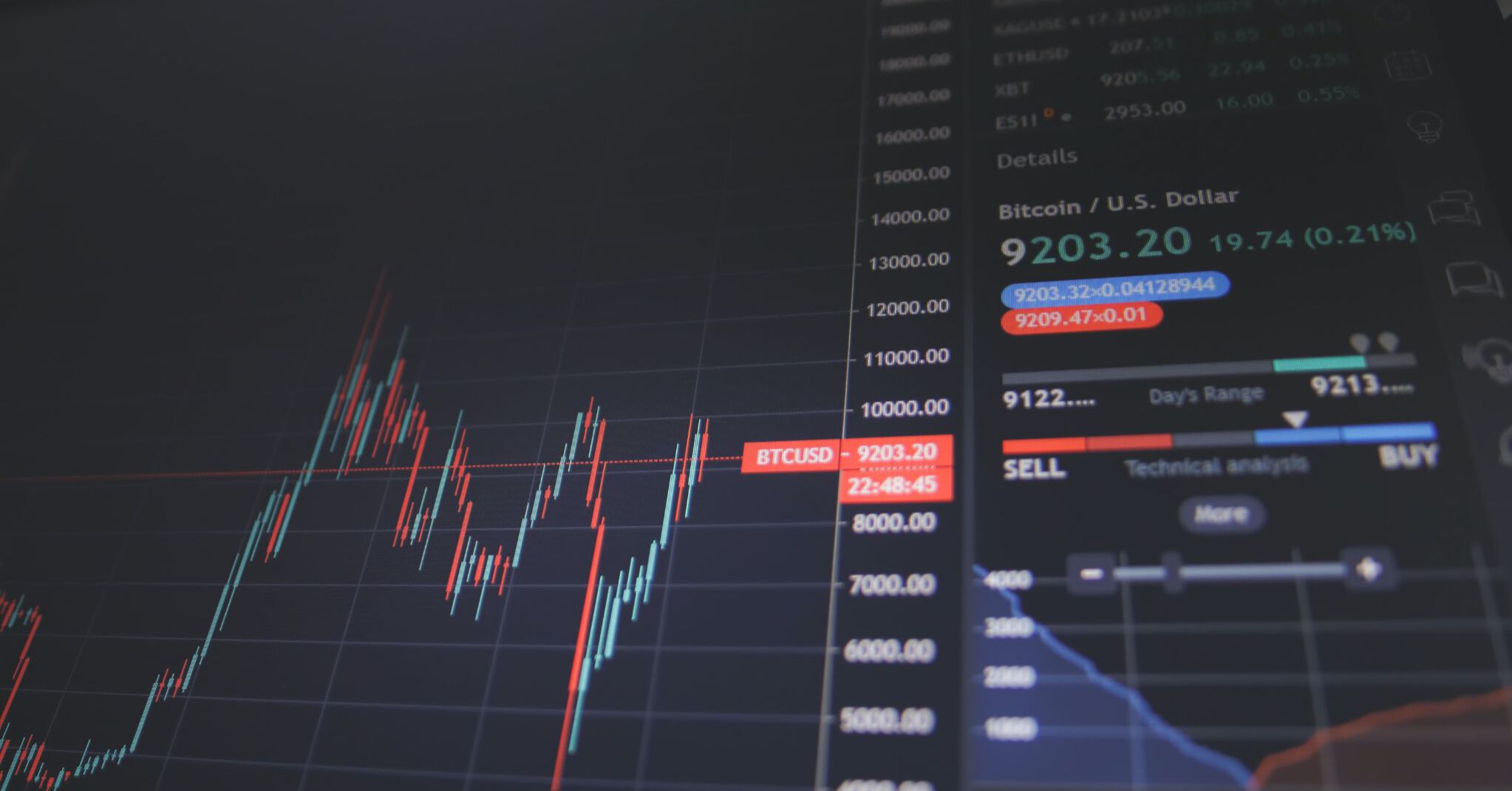The month of May saw the U.S. Dollar near a six-year low in comparison to the Canadian dollar, while the Eurozone was seen on a path of stable upturn with the ratification of the €750 billion recovery fund. The Sterling was experiencing growth due to the easing of the pandemic restrictions, yet caution remains with fears related to the spread of Indian strain of COVID-19 in the country.
U.S. Dollar still on downwards trend
What should’ve been the best month of the year, the U.S. Dollar remained vulnerable in May for further downfall due to the rising inflation expectations and therefore the ongoing erosion of U.S. yields. By the end of the month, the Dollar Index fell as low as below 90.00, shrinking almost by 1%.
The stagnant U.S. Treasury yields proved to be a negative influence on the U.S. Dollar price—a lack of rising, coupled with increasing inflation pressures throughout the month of May as measured by the 5- and 10-year breiak-even rates, has dragged U.S. real yields even lower.
The international trade gap remained wide due to the strong economy that is getting stoked by U.S. fiscal stimulus–despite another 1.8 million people being in line to get their checks, about 4 in 10 people claimed that their income remained below its pre-pandemic levels.
However, according to the ADP National Employment Report, private-sector employment has increased by 978,000 from April to May—mostly in the service-providing sector, continuing on a positive trend.
The trade deficit is expected to continue to be a further drag on U.S. GDP growth this year, as congestions at U.S. ports weighed on trade in the past year, causing shipping delays.
Eurozone on a road of stable recovery
Eurozone’s economic data has been improving as coronavirus cases started to decline sharply. By the end of May, 46% of the adult EU population received at least one dose of the vaccination. This was good news to both EUR and USD—the advance which began on May 5th when the pair was briefly below 1.20, taking it well above 1.22 to its highest since January 8th, seems to be set to continue in the upcoming days.

© Christian Lue on Unsplash
In comparison to the same period last year, consumer prices in the currency area were 2.0% higher, following a 1.6% on-year rise in April. The main driver of the increase was energy prices, resulting in a 13.1% yearly increase.
Inflation has been a globally recurring theme this year. The focus of the EU Central Bank’s policy makers has been on core inflation, which excludes volatile items such as energy, food, alcohol, and tobacco. The ECB faced similar bond-buying questions to its U.S. counterparts, as yields continue to track the prevailing uptrend.
However, after 6 months of debates, all of the 27 nations within the EU have ratified the €750 billion recovery fund, which comprehensively details frameworks for each member country. Once stimulus starts to flood the market—the funds are planned to reach national governments by July—it will be interesting to monitor the effect on the surging Euro.
Growth of retail sales in the UK as lockdown restriction ease
London stocks were set to close the month of May with modest gains, under-performing other indexes as the strong performance of the pound in recent weeks have weighed on the FTSE 100.
As now more than 39 million people have obtained their first coronavirus vaccine dose in the UK, it allowed the lockdown restrictions to relax into the next stage. For the first time in months, the Brits were allowed to dine indoors, as no daily deaths from Covid-19 within 28 days were recorded since March 2020.
Consumer activity has witnessed retail sales sharply rising, however, with the Indian variant spreading in the UK, Boris Johnson sounded cautious over the plan to lift all of the COVID restrictions on June 21st, meaning that the UK may need to wait.
A recent commentary from Gertjan Vlieghe, an external member of the Bank of England’s MPC, has underpinned Sterling against a range of currencies. He claimed this year’s growth should not be confused with a normal economic boom and believed that “quantitative easing bond purchases were likely to offer only limited economic stimulus while long-term interest rates remained very low”.
This could be a headwind for the currency, but it is likely that the U.S. Dollar will dictate most of the price action in GBP/USD.
Oil prices and control of pandemic stabilize the Canadian dollar
USD/CAD remained stalled at 1.2075, close to a six-year low—at the beginning of the month, it decreased from 1.2150 to 1.2078 throughout the period.
The Canadian dollar has advanced less than a point since the first week of May. Firm oil prices strengthened the CAD as the oil sector represents 11% of Canada’s economy, and WTI marked its highest price since October 2018. May’s consolidation across the 1.20 support zone is planned to extend further into June until the Federation of Canadian Municipalities meeting in three weeks.
Following that, the Bank of Canada was the first major central bank to deduce its pandemic accommodation when it cut its government bond purchases by one-quarter, from C$4 billion a week to C$3 billion.
Japan’s slow immunization
The USD/JPY has prevailed stable throughout May, as it returned to the point of early April and stabilized at the peak of 110.96 on March 31st, the highest point since the beginning of the pandemic one year ago. The Non Farm Payroll data report might affect the dynamic, confirming whether the American job market is actually recovering and at what pace.

© Louie Martinez on Unsplash
The slow vaccination roll-out, pandemic control measures, and the surge of COVID-19 cases in parts of Japan in the middle of May were contrasting the US quick-paced scheme of immunization, undermining any safe-have trades to the yen. Japan’s GDP decreased by 5.1% in the first quarter of this year and is expected to experience a further downfall in the second one, too.
The USD/JPY will likely revert below 110.00, unless the U.S. economic growth and inflation are translated into higher rates of Treasury yields—which might be just the case.
Wrap up
The successful vaccination management has further strengthened the currencies, as pandemic lockdown measures continue to ease. Yet, other factors like the U.S. trade deficit and inflation fears, upcoming Federation of Canadian Municipalities meeting in Canada, and the further spread of COVID variants might underpin some of the gains.




